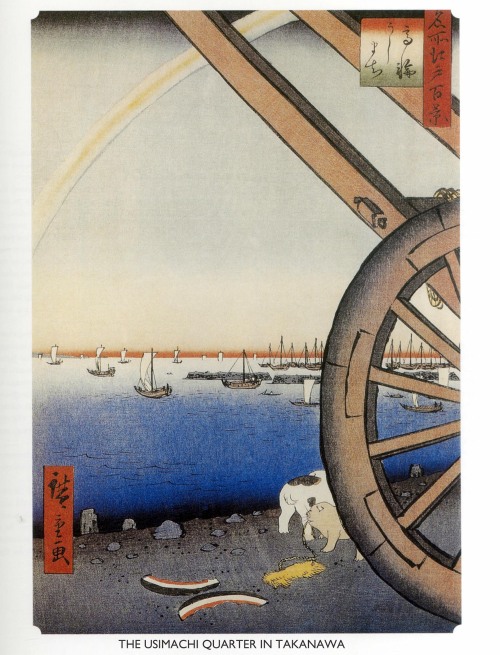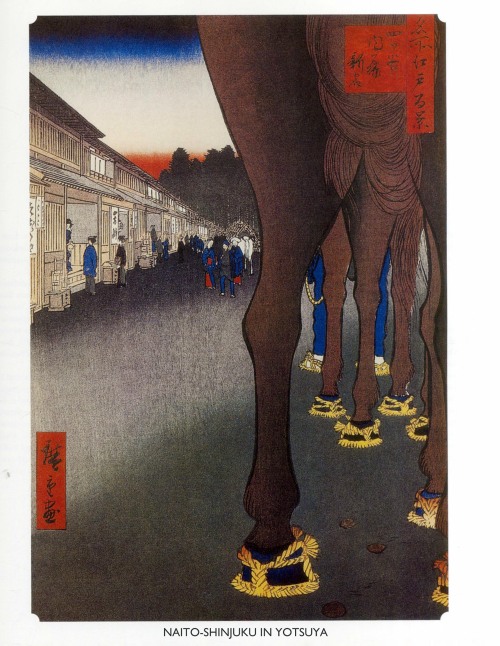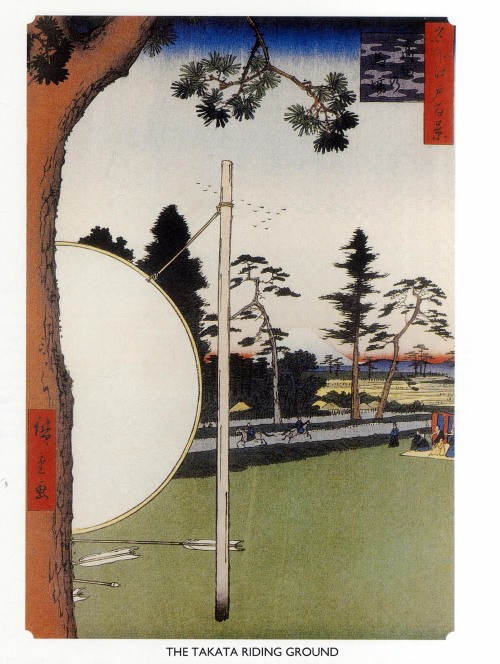Universo Infinito Meu Universo Finito
Universo Infinito Meu Universo Finito

More Posts from Ritasakano and Others
The Great Conjunction of Jupiter and Saturn

Credits: NASA/Bill Ingalls
Have you noticed two bright objects in the sky getting closer together with each passing night? It’s Jupiter and Saturn doing a planetary dance that will result in the Great Conjunction on Dec. 21. On that day, Jupiter and Saturn will be right next to each other in the sky – the closest they have appeared in nearly 400 years!
Skywatching Tips from NASA

Credits: NASA/JPL-Caltech
For those who would like to see this phenomenon for themselves, here’s what to do:
Find a spot with an unobstructed view of the sky, such as a field or park. Jupiter and Saturn are bright, so they can be seen even from most cities.
An hour after sunset, look to the southwestern sky. Jupiter will look like a bright star and be easily visible. Saturn will be slightly fainter and will appear slightly above and to the left of Jupiter until December 21, when Jupiter will overtake it and they will reverse positions in the sky.
The planets can be seen with the unaided eye, but if you have binoculars or a small telescope, you may be able to see Jupiter’s four large moons orbiting the giant planet.
How to Photograph the Conjunction

Credits: NASA/Bill Dunford
Saturn and Jupiter are easy to see without special equipment, and can be photographed easily on DSLR cameras and many cell phone cameras. Here are a few tips and tricks:
These planets are visible in the early evening, and you’ll have about 1-2 hours from when they are visible, to when they set. A photo from the same location can look completely different just an hour later!
Using a tripod will help you hold your camera steady while taking longer exposures. If you don’t have a tripod, brace your camera against something – a tree, a fence, or a car can all serve as a tripod for a several-second exposure.
The crescent Moon will pass near Jupiter and Saturn a few days before the conjunction. Take advantage of it in your composition!
Get more tips HERE.
Still have questions about the Great Conjunction?
Our NASA expert answered questions from social media on an episode of NASA Science Live on Thursday, Dec. 17. Watch the recording HERE.
Make sure to follow us on Tumblr for your regular dose of space: http://nasa.tumblr.com.
“Força eletrostática é aquela que governa o movimento dos átomos. É a força que os faz colidir e desenvolver a energia de sustentação da vida de calor e luz, e que os faz se agregar em uma variedade infinita de maneiras, de acordo com os designs fantasiosos da Natureza, e formar todas essas estruturas maravilhosas que vemos ao nosso redor . É, de fato, se nossas visões atuais forem verdadeiras, a força mais importante que devemos considerar na Natureza. ” Nikola Tesla
“Electrostatic force is that which governs the motion of the atoms. It is the force which causes them to collide and develop the life-sustaining energy of heat and light, and which causes them to aggregate in an infinite variety of ways, according to Nature’s fanciful designs, and forms all these wondrous structures we see around us. It is, in fact, if our present views be true, the most important force for us to consider in Nature.”
–Nikola Tesla
“Tesla, Marvel Of The Future.” Brooklyn Citizen, August 22, 1897.

![Antares M4 & Mars [1435x2156] : Vinoba || Ourspaceisbeautiful.tumblr.com](https://64.media.tumblr.com/99ce62481c6d76aa7aa8209255c83be0/tumblr_oi07tmanga1vuwfuqo1_540.jpg)
Antares M4 & Mars [1435x2156] : vinoba || ourspaceisbeautiful.tumblr.com
Carbon and Our Changing Climate

Carbon is the backbone of life on Earth. We are made of carbon, we eat carbon and our civilizations are built on carbon. We need carbon, but that need is also entwined with one of the most serious problems facing us today: global climate change.
Forged in the heart of aging stars, carbon is the fourth most abundant element in the Universe. Most of Earth’s carbon – about 65,500 billion metric tons – is stored in rocks. The rest is in the ocean, atmosphere, plants, soil and fossil fuels.

Over the long term, the carbon cycle seems to maintain a balance that prevents all of Earth’s carbon from entering the atmosphere, or from being stored entirely in rocks. This balance helps keep Earth’s temperature relatively stable, like a thermostat.

Today, changes in the carbon cycle are happening because of people. We disrupt the cycle by burning fossil fuels and clearing land. Our Orbiting Carbon Observatory-2 (OCO-2) satellite is providing our first detailed, global measurements of CO2 in the atmosphere at the Earth’s surface. OCO-2 recently released its first full year of data, critical to analyzing the annual CO2 concentrations in the atmosphere.
The above animation shows carbon dioxide released from two different sources: fires and massive urban centers known as megacities. The animation covers a five day period in June 2006. The model is based on real emission data and is then set to run so that scientists can observe how greenhouse gas behaves once it has been emitted.

All of this extra carbon needs to go somewhere. So far, land plants and the ocean have taken up about 55 percent of the extra carbon people have put into the atmosphere while about 45 percent has stayed in the atmosphere. The below animation shows the average 12-month cycle of all plant life on Earth (on land and in the ocean). Eventually, the land and oceans will take up most of the extra carbon dioxide, but as much as 20 percent may remain in the atmosphere for many thousands of years.

Excess carbon in the atmosphere warms the planet and helps plants on land grow more. Excess carbon in the ocean makes the water more acidic, putting marine life in danger. Forest and other land ecosystems are also changing in response to a warmer world. Some ecosystems – such as thawing permafrost in the Arctic and fire-prone forests – could begin emitting more carbon than they currently absorb.
To learn more about NASA’s efforts to better understand the carbon and climate challenge, visit: http://www.nasa.gov/carbonclimate/.
Make sure to follow us on Tumblr for your regular dose of space: http://nasa.tumblr.com

Niigata Vista do Hotel Nikko










Hiroshige: from One Hundred Famous Views of Edo 1858-59 woodblock print
Sakura uma paixão eterna!!








Cherry Blossoms






フランスで5月までクラウドファンディング中です。
フランスで5月までクラウドファンディング中です。 おまけのミニポスターのイラスト①東京シリーズ
It is cloud funding in France until May.
It is cloud funding in France until May. Illustration of extra mini poster ① Tokyo series
https://fr.ulule.com/shinji-tsuchimochi-les-images-derisoires/news/
-
 sublimegeodiacgargoylealien-blog reblogged this · 6 years ago
sublimegeodiacgargoylealien-blog reblogged this · 6 years ago -
 nanderfo liked this · 6 years ago
nanderfo liked this · 6 years ago -
 myfreakydeaky liked this · 6 years ago
myfreakydeaky liked this · 6 years ago -
 galactic-monarch reblogged this · 6 years ago
galactic-monarch reblogged this · 6 years ago -
 galactic-monarch liked this · 6 years ago
galactic-monarch liked this · 6 years ago -
 yesex777-blog liked this · 8 years ago
yesex777-blog liked this · 8 years ago -
 nordicsymphony reblogged this · 8 years ago
nordicsymphony reblogged this · 8 years ago -
 skelekeys-blog reblogged this · 8 years ago
skelekeys-blog reblogged this · 8 years ago -
 temwithglasses liked this · 8 years ago
temwithglasses liked this · 8 years ago -
 0710zeynep liked this · 8 years ago
0710zeynep liked this · 8 years ago -
 throneofskyrim-blog liked this · 8 years ago
throneofskyrim-blog liked this · 8 years ago -
 burritojones9000-blog reblogged this · 8 years ago
burritojones9000-blog reblogged this · 8 years ago -
 until-we-seek-until-we-find reblogged this · 8 years ago
until-we-seek-until-we-find reblogged this · 8 years ago -
 broon-the-bane liked this · 8 years ago
broon-the-bane liked this · 8 years ago -
 blacklegacy02-blog liked this · 8 years ago
blacklegacy02-blog liked this · 8 years ago -
 generallyabadidea-blog reblogged this · 8 years ago
generallyabadidea-blog reblogged this · 8 years ago -
 ritasakano reblogged this · 8 years ago
ritasakano reblogged this · 8 years ago -
 ritasakano liked this · 8 years ago
ritasakano liked this · 8 years ago -
 nordicsymphony liked this · 8 years ago
nordicsymphony liked this · 8 years ago -
 tilliciousgirl4ever reblogged this · 8 years ago
tilliciousgirl4ever reblogged this · 8 years ago -
 tilliciousgirl4ever liked this · 8 years ago
tilliciousgirl4ever liked this · 8 years ago -
 skyvalley-blog1 liked this · 8 years ago
skyvalley-blog1 liked this · 8 years ago -
 bessonnet liked this · 8 years ago
bessonnet liked this · 8 years ago -
 ask-brilliant-verve liked this · 8 years ago
ask-brilliant-verve liked this · 8 years ago -
 fobimortals reblogged this · 8 years ago
fobimortals reblogged this · 8 years ago -
 scatterations liked this · 8 years ago
scatterations liked this · 8 years ago -
 scatterations reblogged this · 8 years ago
scatterations reblogged this · 8 years ago -
 inspiredlunacy404 liked this · 8 years ago
inspiredlunacy404 liked this · 8 years ago -
 inspiredlunacy404 reblogged this · 8 years ago
inspiredlunacy404 reblogged this · 8 years ago
